First, it was Goa that was declared Coronavirus free and now it is Manipur that has declared to be free of COVID-19 with the second of its two patients being discharged from the state hospital.

According to the Union Ministry of Health smaller states and territories have not only been successful in containing the spread of the virus but also have successfully avoided any casualties.
For example, Kerala, where the first COVID-19 case was reported in India, has just 3 casualties so far. On the other hand, Karnataka, Punjab, West Bengal, Maharashtra, all have a higher death toll.
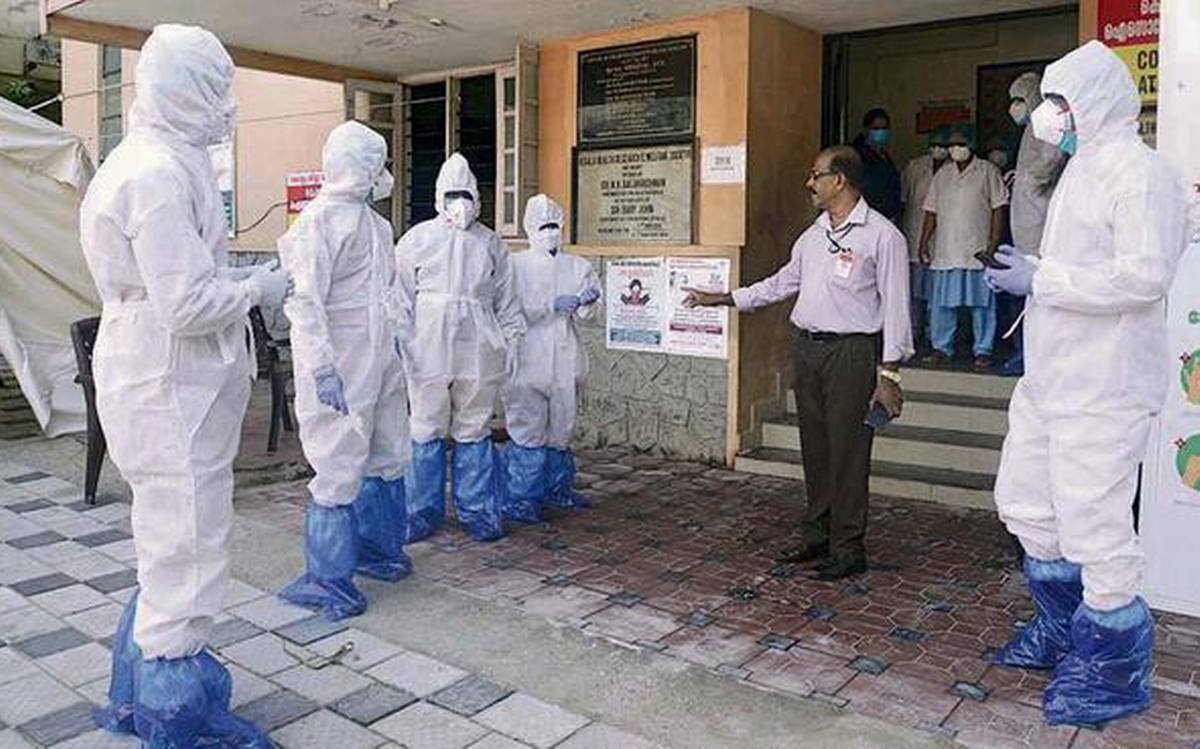
Similarly, states in the Northeast of India are relatively safer. Mizoram, for example, has so far reported only one case of Coronavirus who is being treated at the moment. Similarly, Tripura and Arunachal Pradesh have two and one cases respectively.
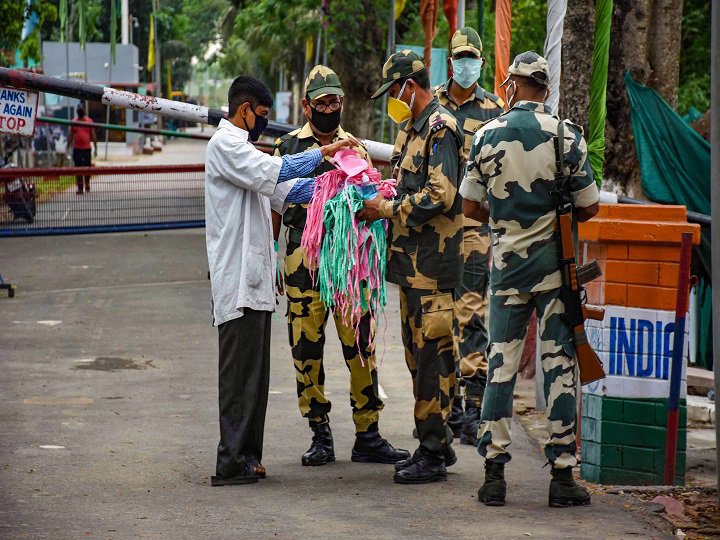
To add to this, Nagaland and Sikkim remain Coronavirus free as the two states have not reported even a single case of COVID-19.
But, why are smaller states fairing better in containing the novel coronavirus pandemic?
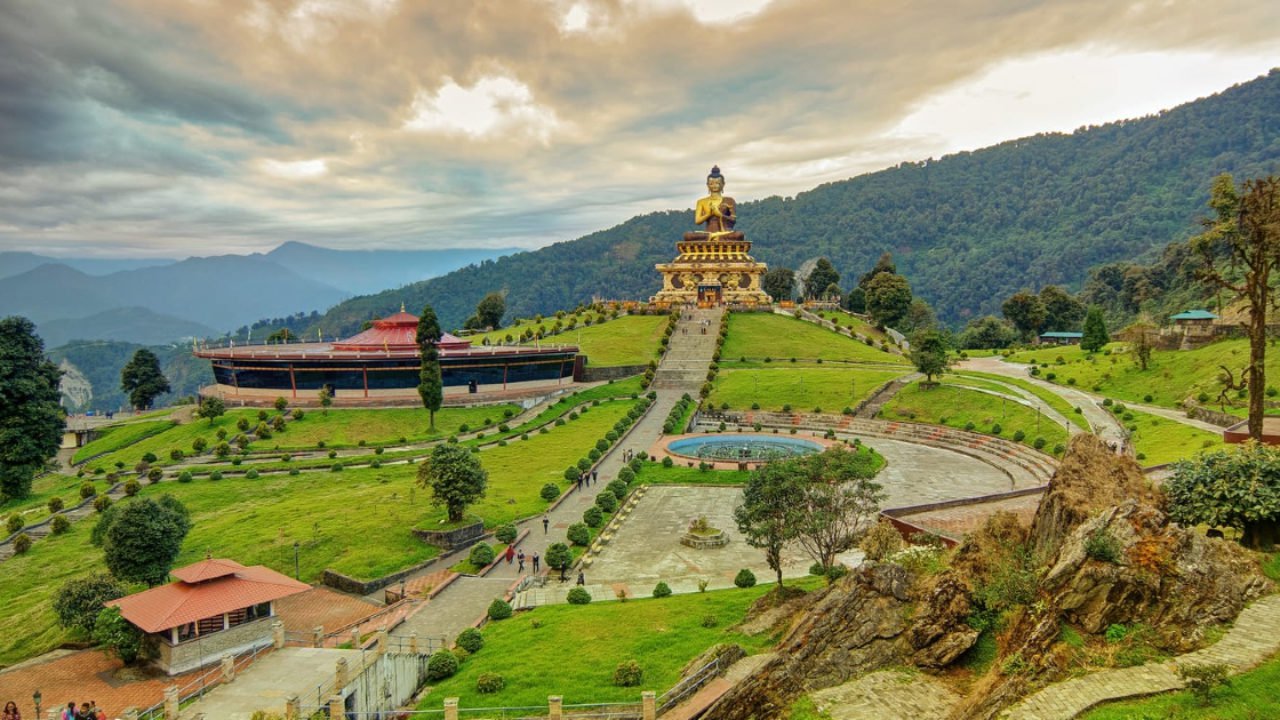
The situation in the Northeast is understandable as many states including Arunachal Pradesh, Mizoram and Nagaland require an Inner Line Permit (ILP) to visit them. This ensures that the lockdown can be enforced easily.
But what about Goa? Goa certainly is small but is at a disadvantaged position due to the huge influx of foreign tourists and close proximity to Maharashtra, which has reported the maximum cases of Coronavirus.
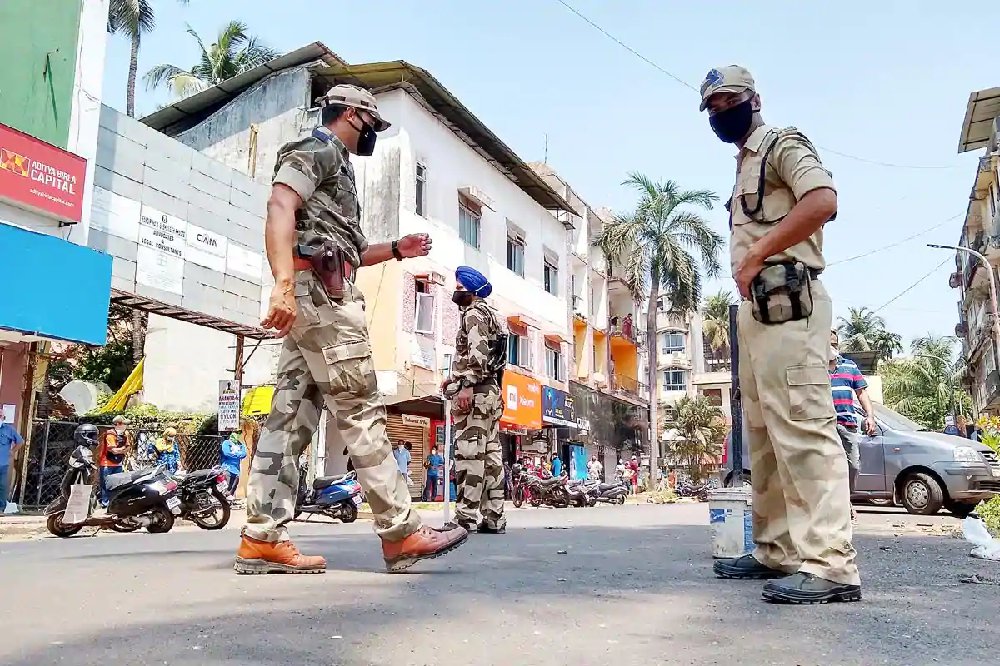
According to the State health minister of Goa, Vishwajit Rane this was made possible due to the early lockdown and strict social distancing measures. He says:
We were one of the few states to go in for an early lockdown and it was a very big challenge because we had to convince people that what we are doing is right at that point of time. In the beginning itself, we took certain preventive steps like capacity building, and the most important thing is we followed a very strict lockdown measure. Along with this, strictly followed all the government guidelines provided from time to time. We had total support of the Goan community which helped us in a very big way.
Rane also pointed out the importance of testing. He said:
We were tracing; we had a list of people who had come in, when they had come in and from where they had come. In Goa, a lot of times we have foreigners who come and stay for a month or two. My biggest worry was of seafarers, people who have been working on Ships out of Spain, Italy and other places and these people tested positive for COVID-19. For tourists and foreigners, we did random testing and luckily most of the cases were negative. We tracked the people and concentrated on ensuring that more number of people are kept under home quarantine for a period of 14 days.
There is no doubt that the smaller geographical area has helped these states to ensure proper implementation of the lockdown and tracing was made possible. However, we can’t deny that most of these states also included out-of-the-box ideas.
For example, Odisha was one of the first states to extend the lockdown and in a means to incentivize people to stay indoors, they started giving Rs.15,000 each. And now Odisha has only one casualty in the 82 cases that have come so far. Cool trick, right?
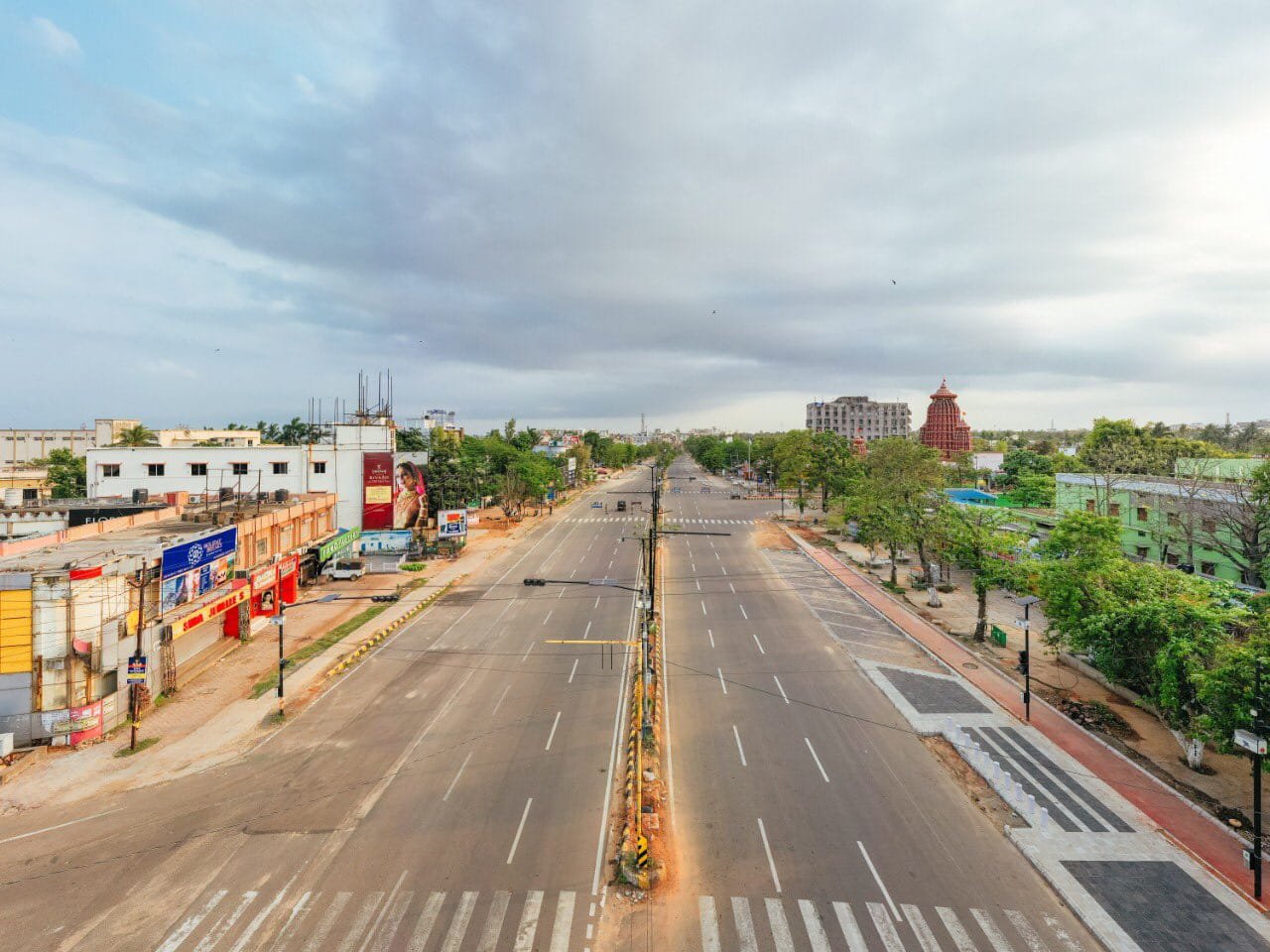
All states, whether large or small, must ensure that proper lockdown procedures and testing are implemented in their states. For this, mere might of the sword may not help so state governments in coordination with the Central governments might have to think out-of-the-box.

















